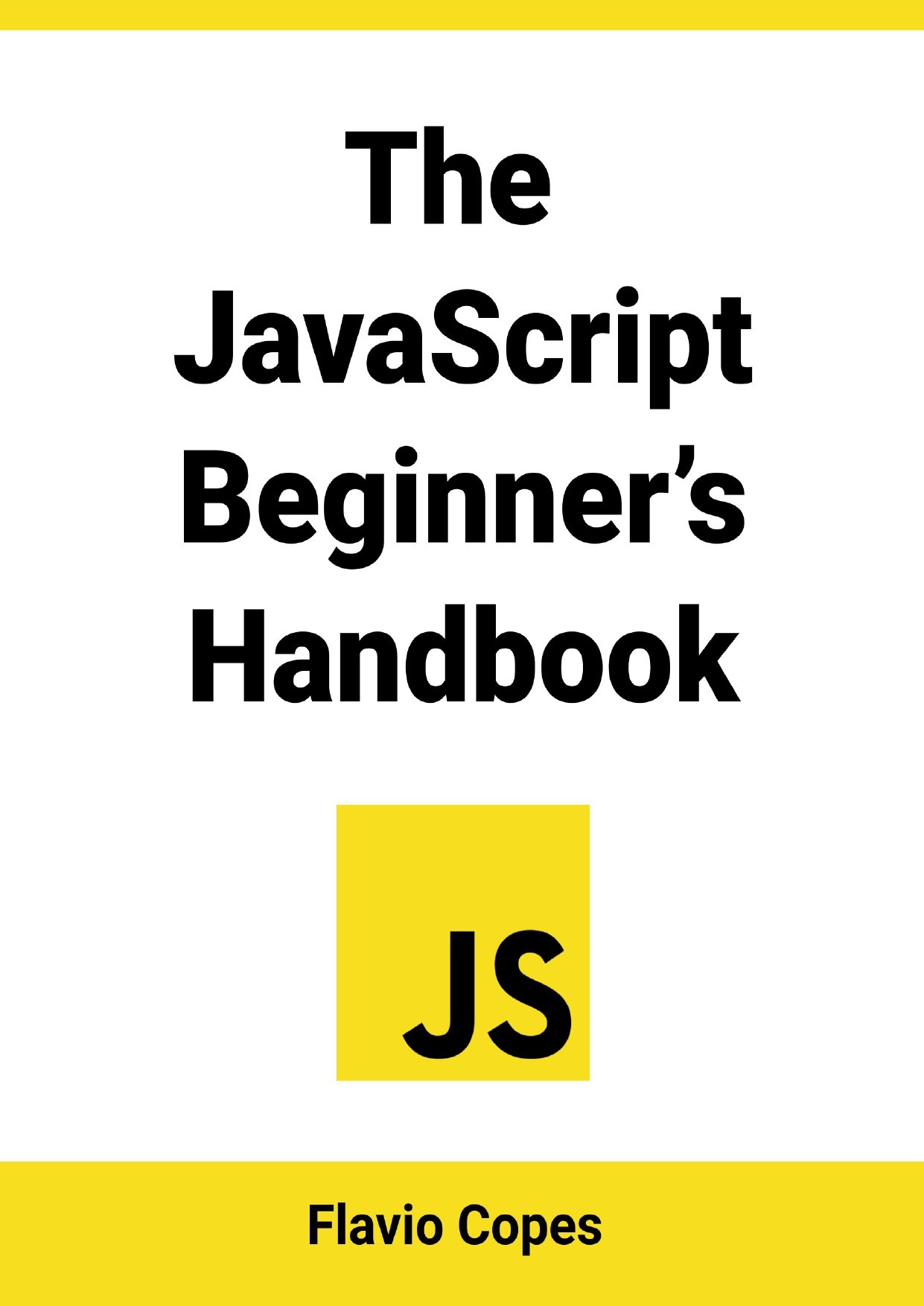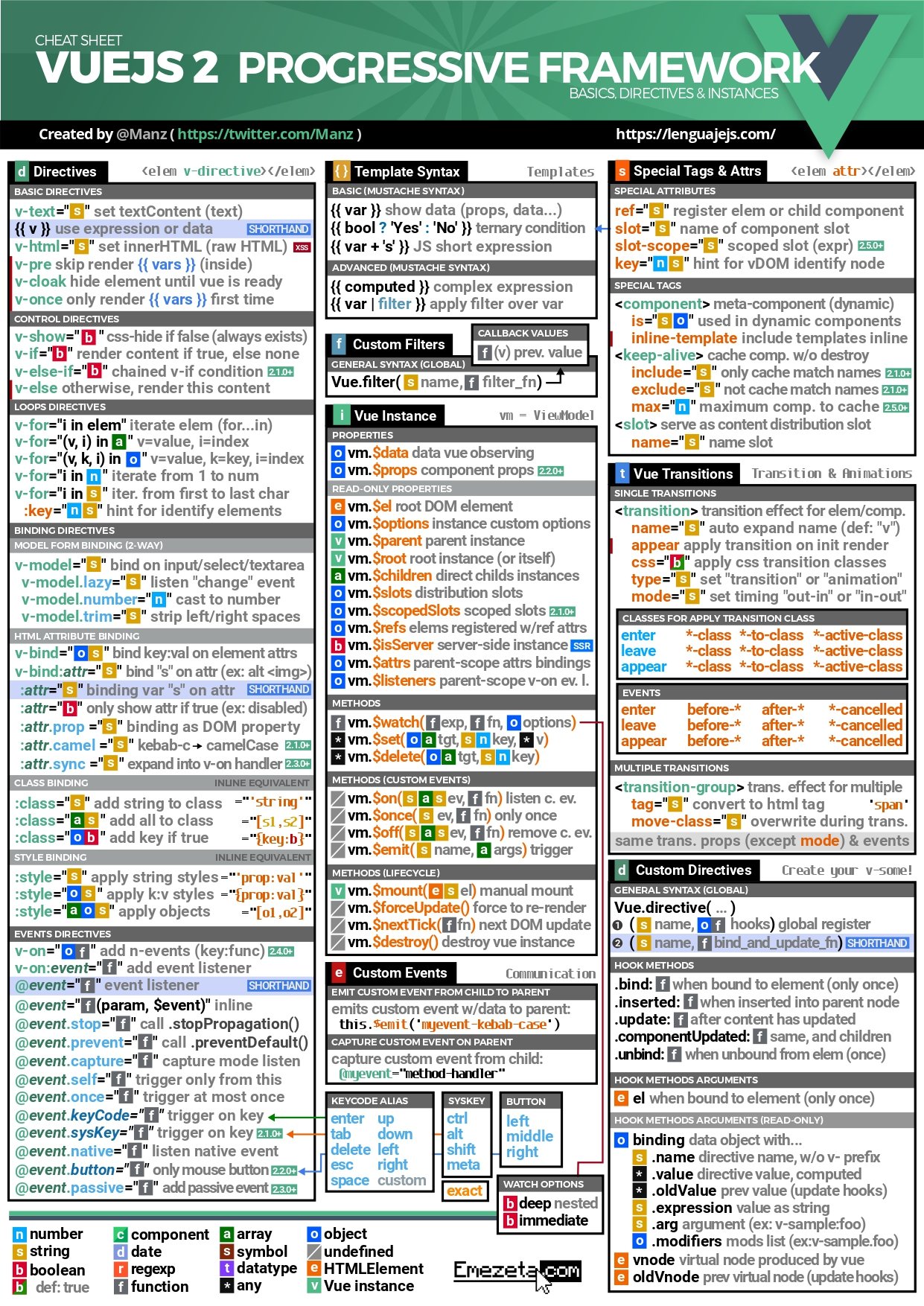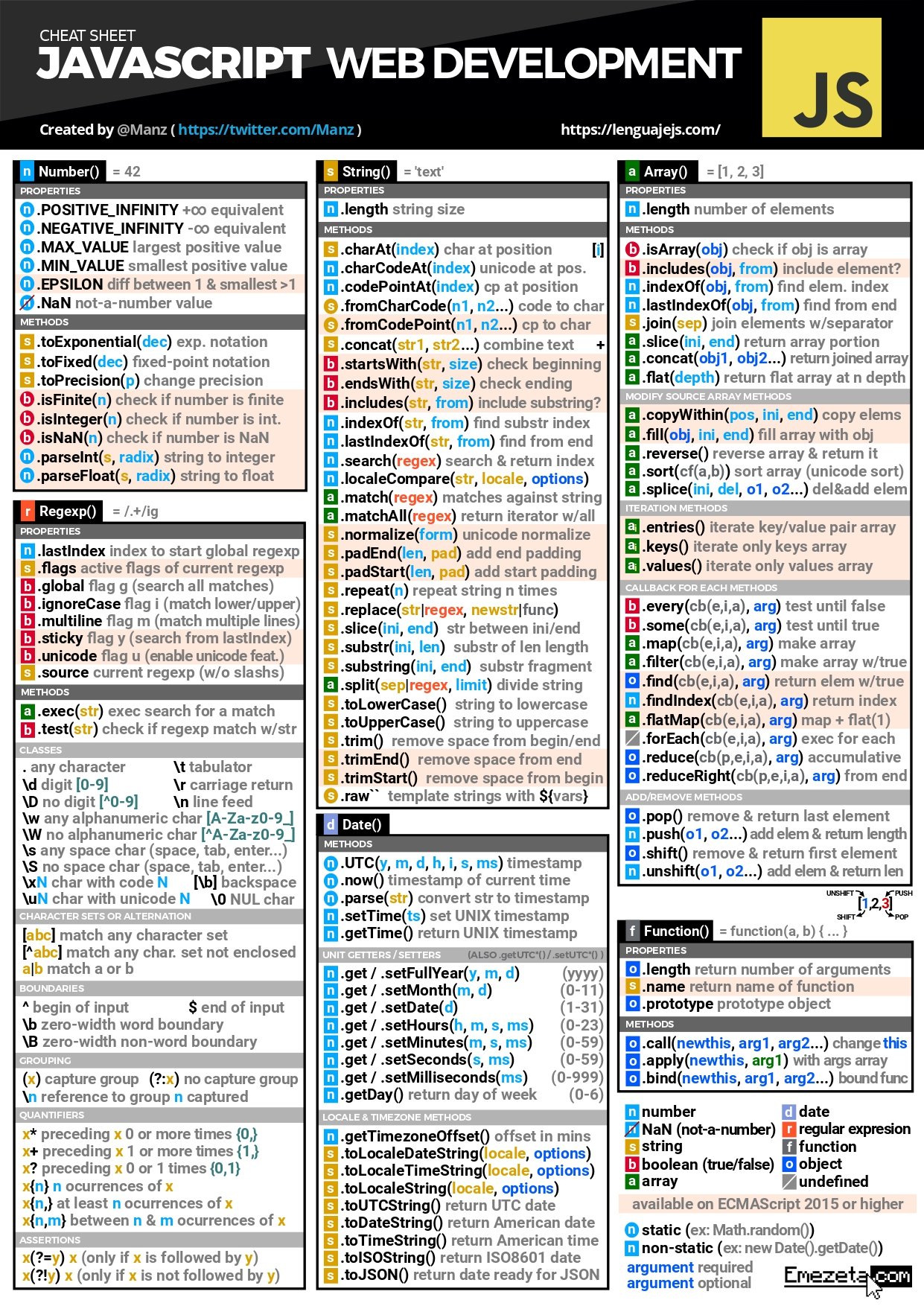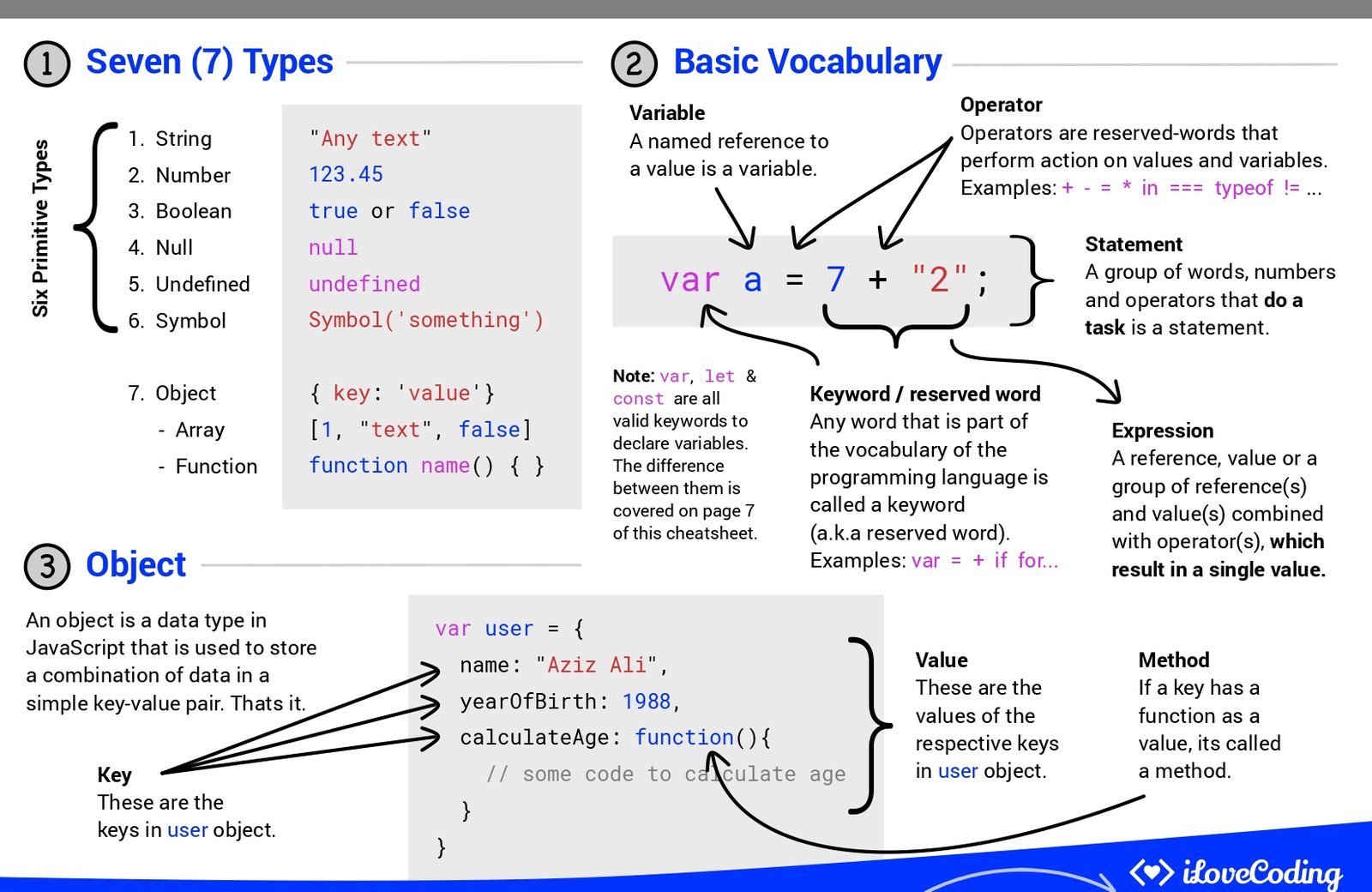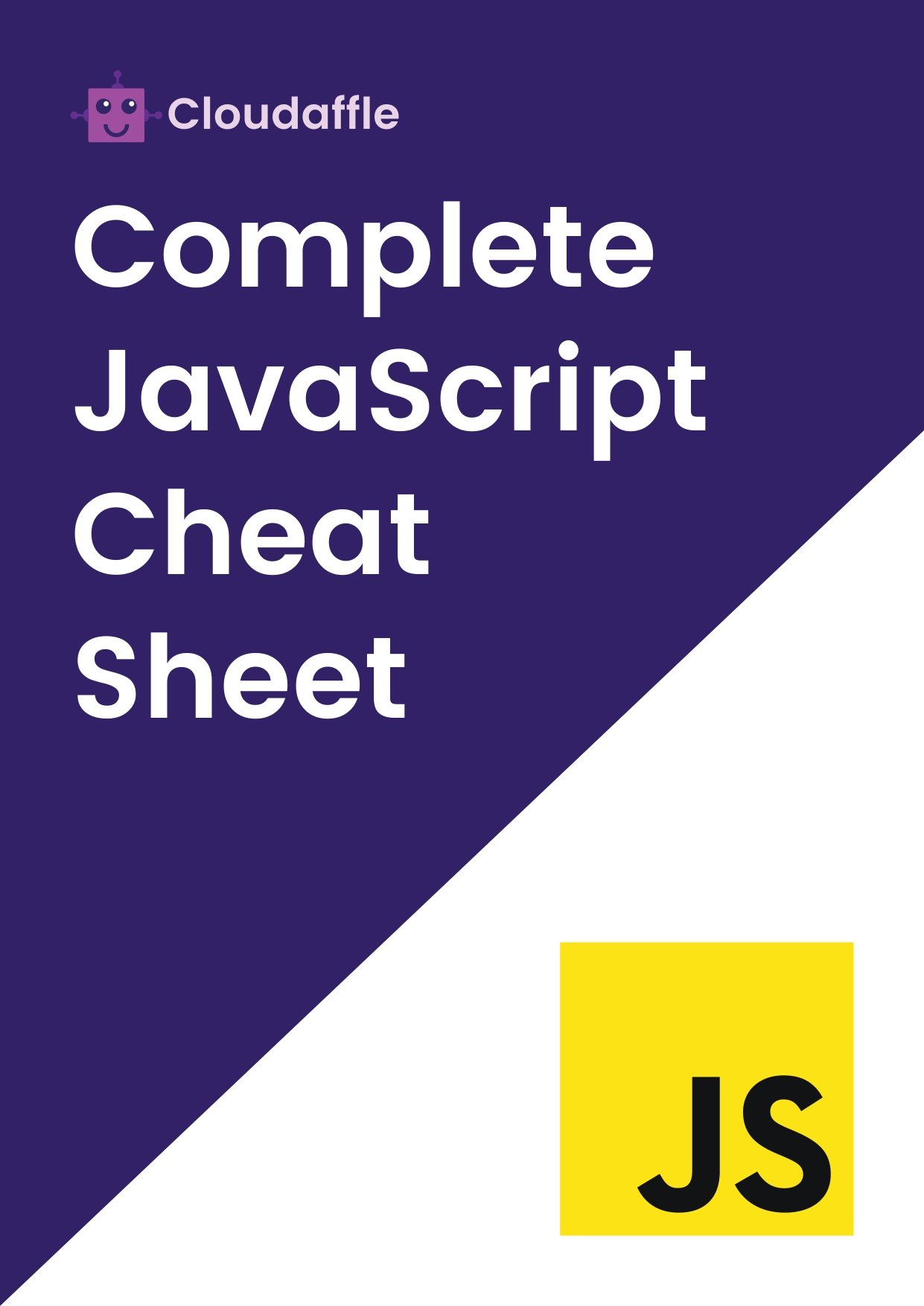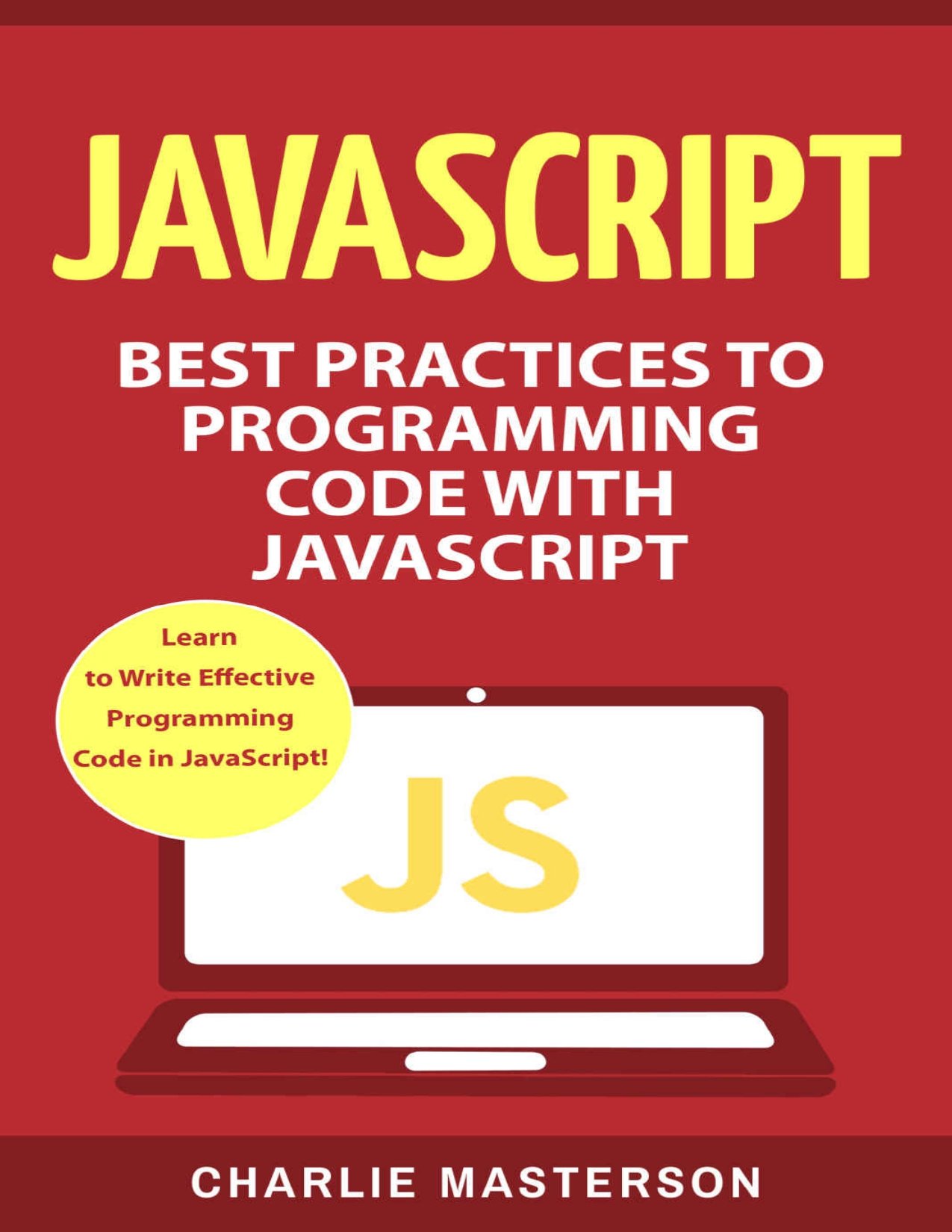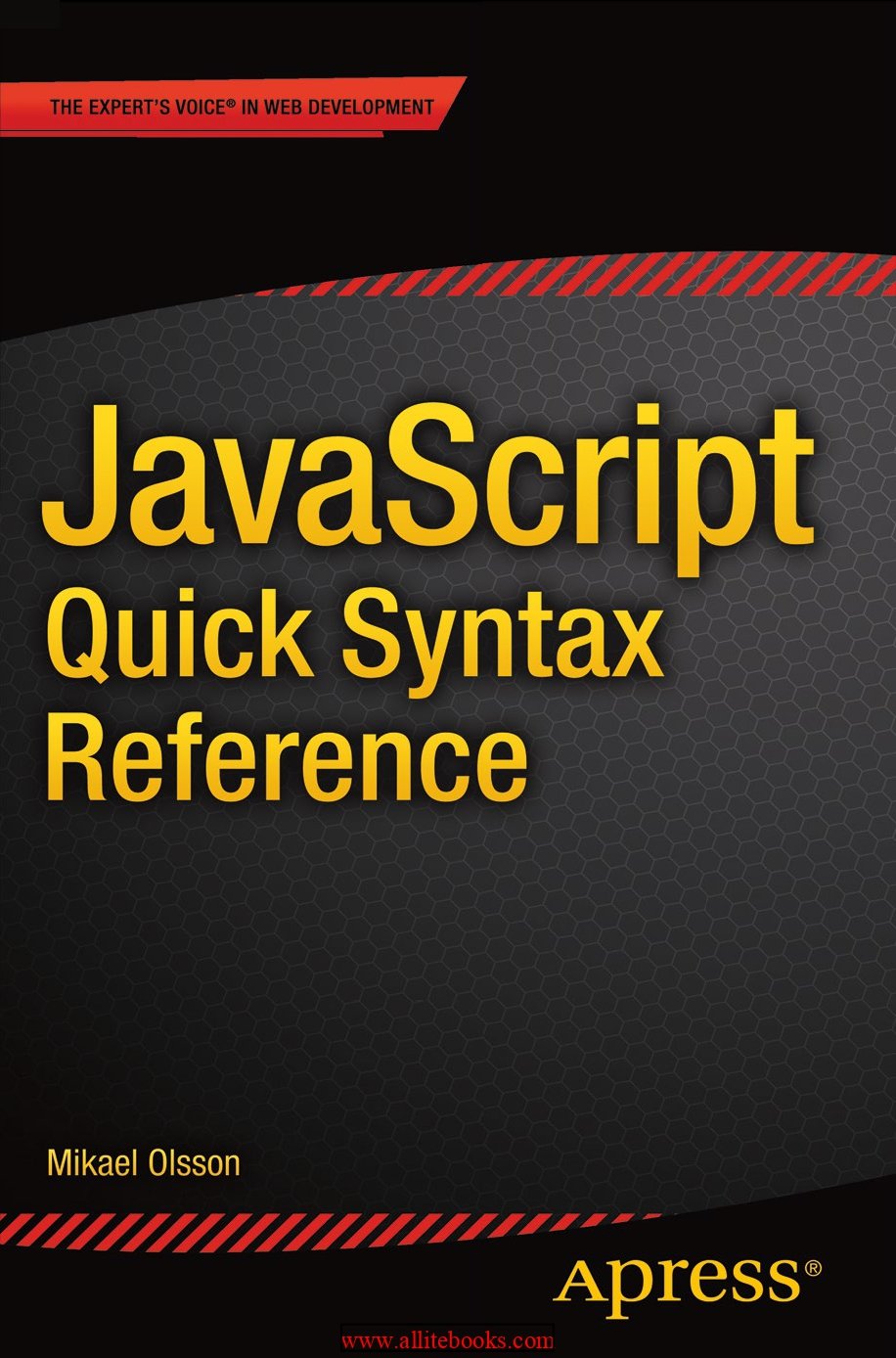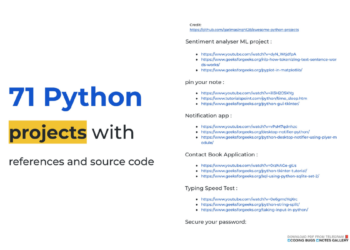Welcome to our blog post, where we are excited to present you with “The JavaScript Beginner’s Handbook.” JavaScript is a powerful and versatile programming language that plays a crucial role in modern web development. If you’re new to programming or looking to expand your skills into web development, this comprehensive guide will be your go-to resource for learning JavaScript from the ground up.
In this blog post, we introduce you to “The JavaScript Beginner’s Handbook” – a comprehensive guide designed to help you understand the core principles and concepts of JavaScript. Whether you’re a complete beginner or have some programming experience, this handbook will provide you with a solid foundation in JavaScript and empower you to create interactive and dynamic web applications.
Why “The JavaScript Beginner’s Handbook”?
Learning a new programming language can be a daunting task, especially for beginners. That’s why we created “The JavaScript Beginner’s Handbook” to make your learning journey as smooth and enjoyable as possible. This handbook provides a structured approach to learning JavaScript, starting from the basics and gradually progressing to more advanced topics. By following this guide, you’ll gain the confidence and skills needed to write JavaScript code and embark on your web development journey.




What to Expect:
“The JavaScript Beginner’s Handbook” covers a wide range of topics to ensure a comprehensive understanding of JavaScript, including:
- JavaScript Fundamentals: An introduction to JavaScript, its role in web development, and the basics of variables, data types, operators, and control structures.
- Functions and Objects: Exploring the fundamental concepts of functions, objects, and object-oriented programming in JavaScript.
- DOM Manipulation: Understanding the Document Object Model (DOM) and how to manipulate HTML elements using JavaScript.
- Events and Event Handling: Learning how to listen for and respond to user interactions by handling events.
- Arrays and Loops: Exploring JavaScript arrays and their manipulation, along with different loop structures for efficient code execution.
- Error Handling: Understanding common types of errors in JavaScript and how to handle them gracefully.
- Asynchronous JavaScript: An introduction to asynchronous programming and how to manage asynchronous tasks using callbacks, promises, and async/await.
- Introduction to AJAX: Discovering how to make asynchronous requests to servers and update web content dynamically.
- Introduction to ES6+: An overview of modern JavaScript features introduced in ECMAScript 6 (ES6) and beyond, such as arrow functions, template literals, destructuring, and modules.
This handbook provides clear explanations, code examples, and exercises to reinforce your understanding of JavaScript concepts. By following along with the handbook, you’ll gain hands-on experience and confidence in writing JavaScript code.
Who Can Benefit from This Resource:
- Absolute beginners with no prior programming experience, looking to learn JavaScript and start their web development journey.
- Individuals with some programming background in other languages, wanting to expand their skills to web development using JavaScript.
- Students studying computer science or web development courses, requiring a comprehensive resource for learning JavaScript.
- Hobbyists or self-learners interested in web development, seeking a structured guide to mastering JavaScript.
Conclusion:
With “The JavaScript Beginner’s Handbook,” you’ll have a comprehensive and structured guide to learning JavaScript from scratch. This handbook will empower you to understand the core concepts, syntax, and techniques of JavaScript, enabling you to create dynamic and interactive web applications.
Stay tuned as we unveil this invaluable resource that will be your companion in mastering JavaScript. Get ready to embark on an exciting journey into web development with “The JavaScript Beginner’s Handbook.”
Number Of Sheets:
70 Sheets
Download The JavaScript Beginner’s Handbook PDF:
Take a look at all of our JavaScript summaries in PDF format From here
